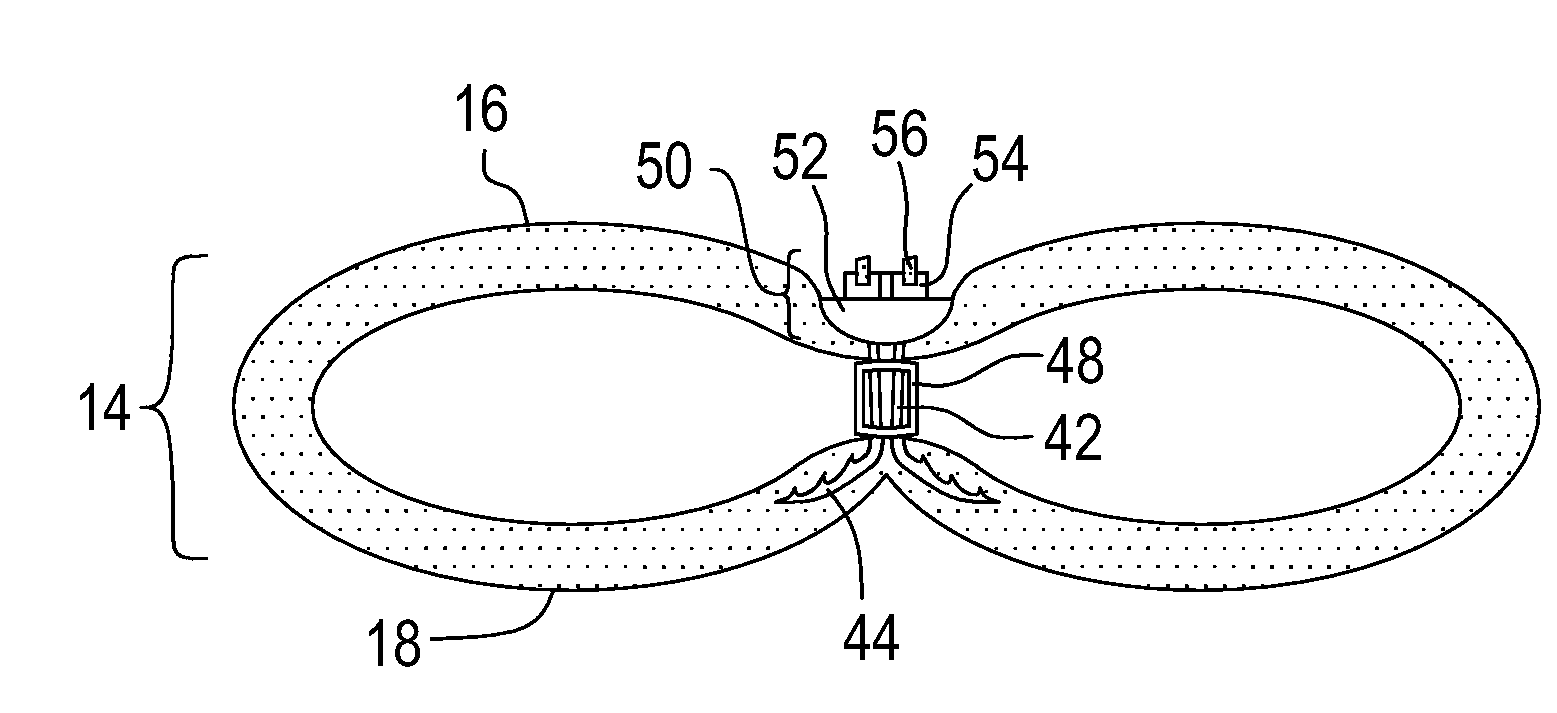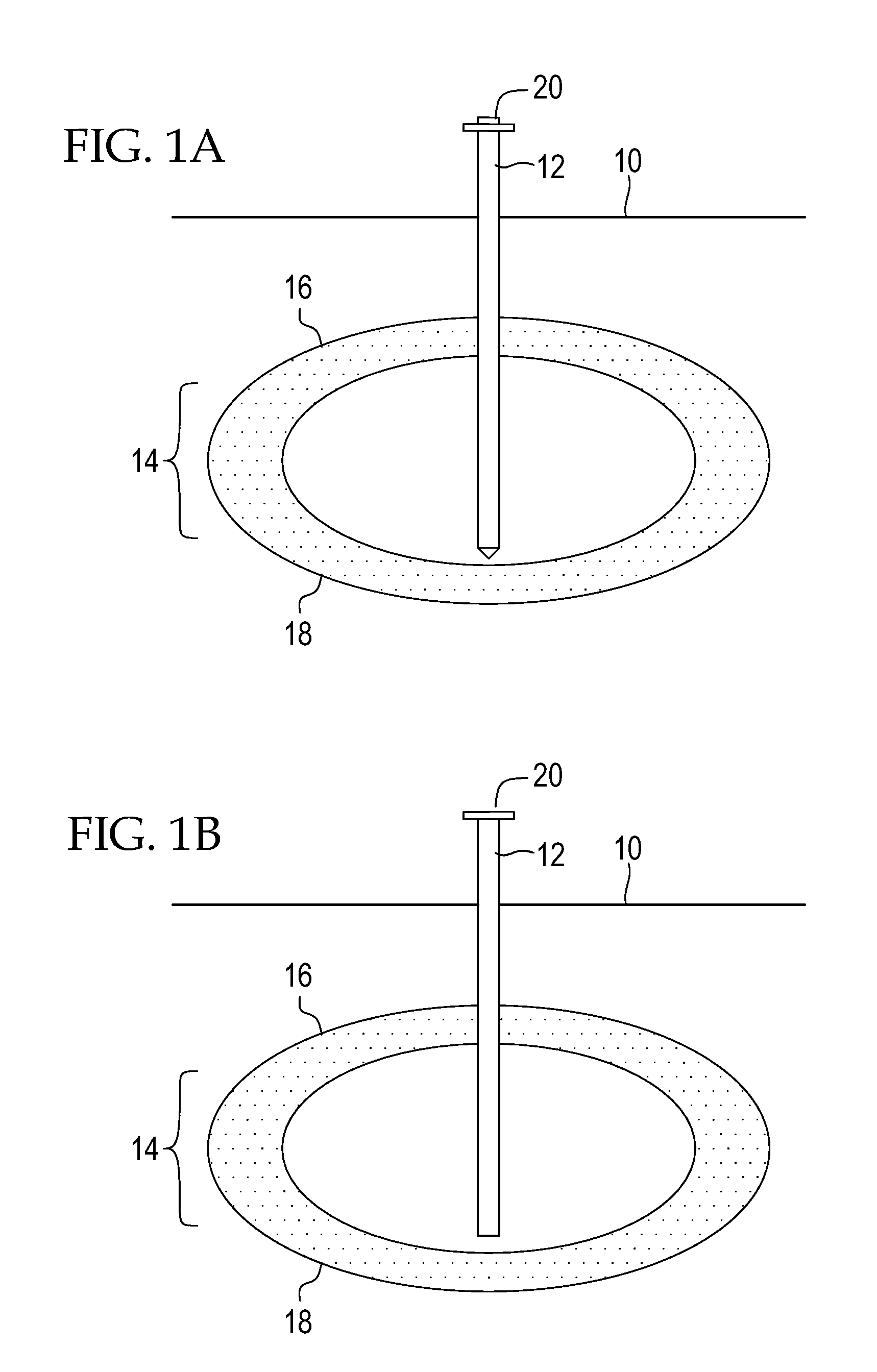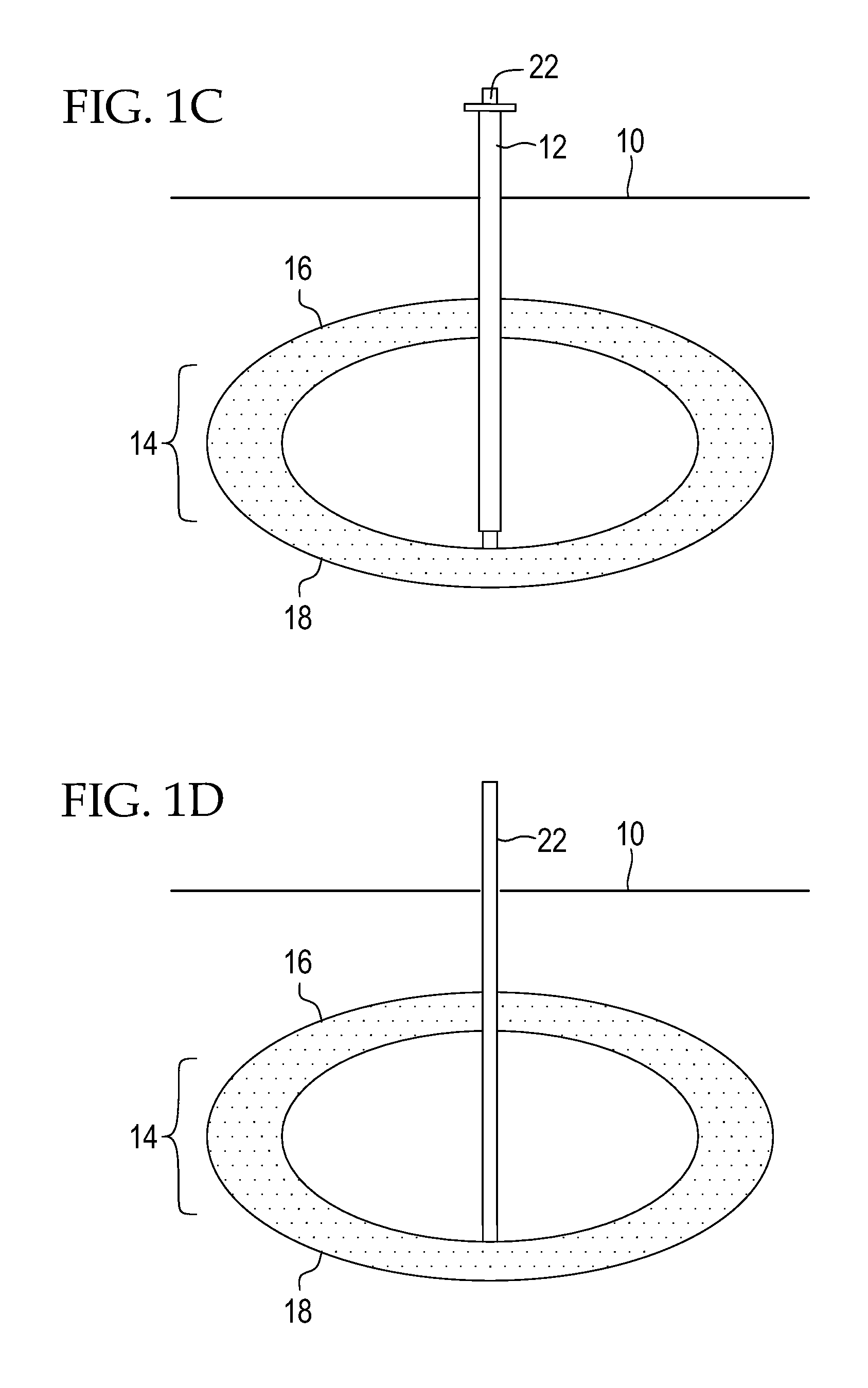Minimally Invasive Percutaneous Restrictive Bariatric Procedure And Related Device
a bariatric procedure and minimally invasive technology, applied in the field of medical treatment of obese persons, can solve the problems of lowering the weight threshold for known surgical treatment to include the severely obese, large segment of the population has failed to qualify for surgical weight loss therapy, and the patient is considered to have very high or extremely high health risks, etc., to achieve the effect of low cost, easy reversibility and low cos
- Summary
- Abstract
- Description
- Claims
- Application Information
AI Technical Summary
Benefits of technology
Problems solved by technology
Method used
Image
Examples
Embodiment Construction
[0035]FIGS. 1A-1O illustrate one embodiment of a method of the percutaneous bariatric surgical procedure of the present invention.
[0036]In preparation for the method described below and as seen in FIG. 1A-1O, a nasogastric tube is advanced into the stomach, and the stomach is insufflated with air. A small amount of water soluble radiographic contrast can be introduced into the stomach, if needed, for better visualization of the gastric walls.
[0037]Then, as can be seen in FIG. 1A, one embodiment of performing the percutaneous bariatric procedure of the present invention comprises making an incision in the skin overlying the anterior abdominal wall 10, advancing percutaneously, under fluoroscopy, an access needle with outer sheath 12 and a removable inner stylet 20 at least through the anterior abdominal wall 16 and through an anterior or pierced stomach wall 16, with or without piercing a posterior or opposing stomach wall 18, thereby creating a hole in the anterior stomach wall 16.
[...
PUM
 Login to View More
Login to View More Abstract
Description
Claims
Application Information
 Login to View More
Login to View More - R&D
- Intellectual Property
- Life Sciences
- Materials
- Tech Scout
- Unparalleled Data Quality
- Higher Quality Content
- 60% Fewer Hallucinations
Browse by: Latest US Patents, China's latest patents, Technical Efficacy Thesaurus, Application Domain, Technology Topic, Popular Technical Reports.
© 2025 PatSnap. All rights reserved.Legal|Privacy policy|Modern Slavery Act Transparency Statement|Sitemap|About US| Contact US: help@patsnap.com



